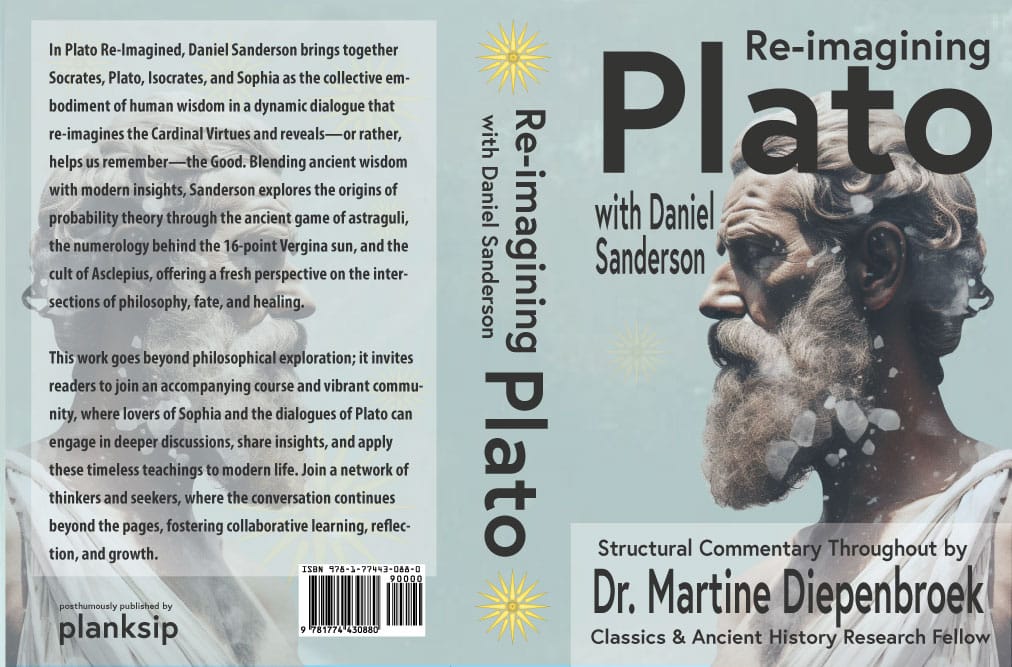The Allegory of the Cave: Shedding Light on Illusions and Reality
Plato's Allegory of the Cave is a profound philosophical work that delves into the nature of perception, knowledge, and the human condition. Through this allegory, Plato skillfully explores the concepts of illusions and reality, challenging us to question the nature of our existence and the world we perceive. The cave represents the limited realm of our everyday experiences, while the planet outside symbolizes the vastness of knowledge and ultimate truth. This essay aims to delve into the allegory's profound insights and illuminate the interplay between illusions and reality.

The Cave: A World of Illusions:
In the allegory, Plato portrays a group of prisoners bound and chained inside a dark cave since birth. Facing the cave's wall, their only perception of reality comes from the shadows projected by objects passing before a fire behind them. These shadows become their sole reality, representing the imaginary world they perceive. Plato's cave serves as a metaphor for the limitations of our senses, societal conditioning, and the confinement of our perspectives.
The Shadows: Illusions of Truth:
The shadows on the cave wall become the prisoners' reality, shaping their beliefs and understanding of the world. In this context, the clouds symbolize the illusions we often mistake for truth. Just as the prisoners perceive the shadows as accurate, we can fall victim to the illusions created by our senses, biases, and societal constructs. These illusions may manifest as cultural norms, dogmatic beliefs, or biased narratives that limit our understanding of reality.
The Prisoners' Liberation: Journey to Enlightenment:
In the allegory, one prisoner breaks free from restraints and ventures outside the cave. Initially overwhelmed by the sunlight, he gradually acclimates and discovers the true nature of reality. This prisoner represents the enlightened individual who questions the illusions of the cave and seeks deeper understanding.

Enlightenment and the Pursuit of Truth:
Plato's allegory highlights the transformative power of knowledge and the pursuit of truth. The prisoner's journey outside the cave is analogous to the philosopher's pursuit of wisdom. By leaving the familiar darkness behind, the enlightened individual gains access to a realm of enlightenment and understanding. This allegory compels us to question our perceptions, challenge conventional wisdom, and embark on a lifelong quest for knowledge.
Return to the Cave: Sharing Truth and Facing Resistance:
Upon returning to the cave to enlighten the other prisoners, the freed individual encounters ridicule and disbelief. The prisoners reject his claims, unable to comprehend a reality beyond their limited experiences. This reaction illustrates the resistance that often accompanies the unveiling of truth. It highlights the discomfort and cognitive dissonance that arise when long-held illusions are shattered, prompting individuals to cling to their familiar beliefs and resist change.
The Significance of the Allegory in Modern Life:
Plato's Allegory of the Cave remains relevant in contemporary society, where illusions and distorted realities proliferate. In an era of misinformation, social media echo chambers, and ideological polarization, the allegory serves as a reminder of the importance of critical thinking, open-mindedness, and the pursuit of truth. It challenges us to question the illusions we encounter and seek deeper understanding beyond the shadows projected by society.

Plato's Allegory of the Cave continues to captivate and resonate with readers across generations. Its exploration of illusions and reality prompts us to examine the confines of our perspectives, question the narratives we accept, and embark on a journey toward enlightenment. By shedding light on the interplay between illusions and reality, this allegory implores us to embrace the pursuit of knowledge, challenge our preconceived notions, and ultimately strive for a deeper understanding of ourselves and the world around us.

Plato Re-Imagined
This course offers 32 comprehensive lectures exploring most of Plato's dialogues. These lectures guide students toward a consilient understanding of the divine—a concept that harmonizes knowledge across disciplines and resonates with secular and religious leaders. As a bonus, Lecture #33 focuses on consilience, demonstrating how different fields of knowledge can converge to form a unified understanding.






